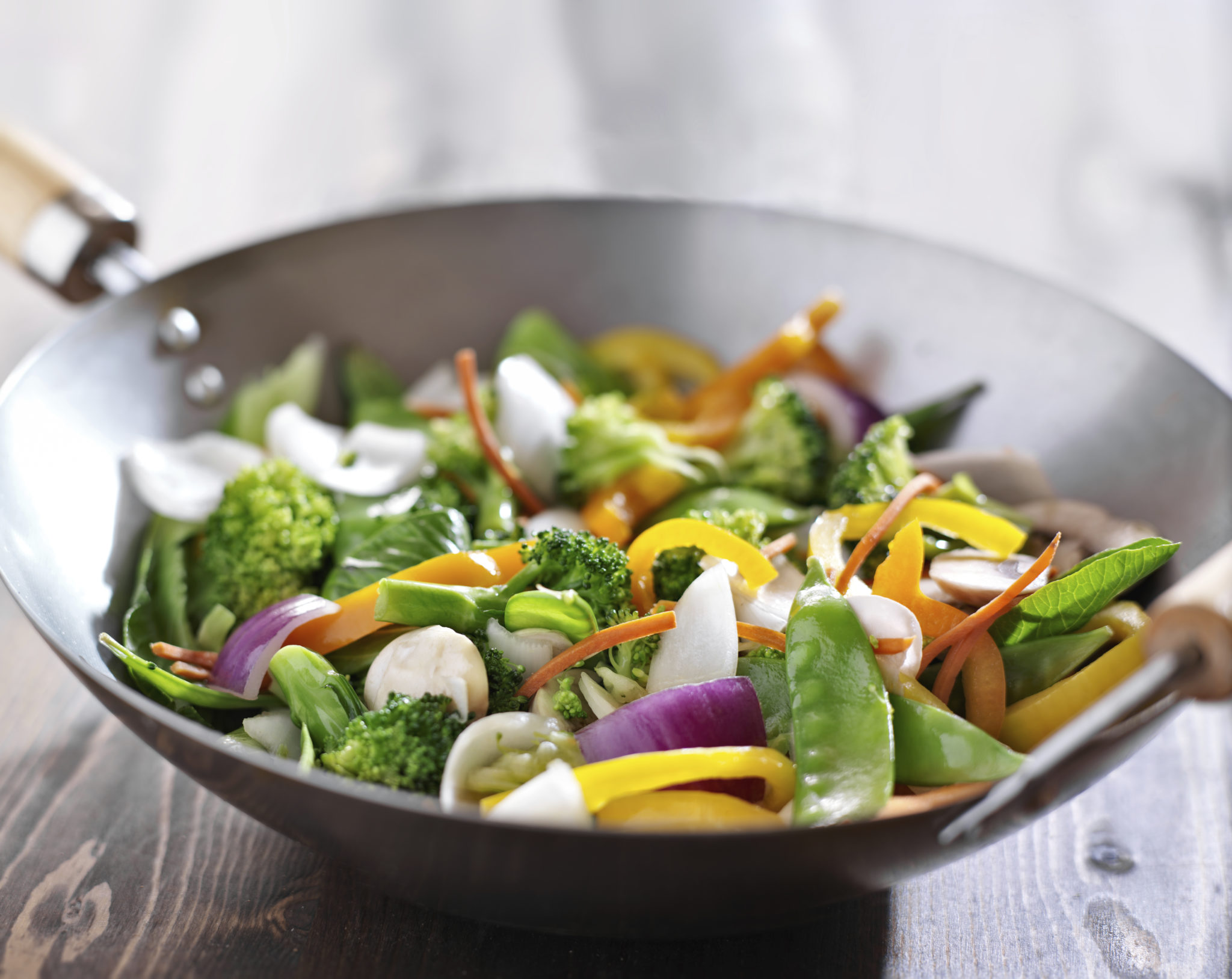
Of all the many cooking vessels in the world, there are few with such an extensive history as the wok. Food historian Rachel Laudan explained that this round-bottomed pan dates back to between the first and second centuries in China. Since then, the wok’s influence has expanded to the rest of the world, and is appreciated by chefs from all backgrounds and culinary cultures.
Hsiao-Ching Chou, a food writer with the Seattle Post-Intelligencer, called the wok one of the most utilitarian cooking instruments around, capable of serving as a skillet, slow cooker, deep fryer and even a simple soup pot. If you’d like to learn more about this tried and true cooking vessel, read on:
“Some experts have called the wok one of the most utilitarian cooking instruments around.”
1. Buying the right wok
Celebrity chef Andrew Zimmern is a firm believer in cooking with woks. In a blog post, he explained that the best woks to buy are no larger than 16 inches in diameter. This is the perfect size to hold plenty of food and still let you move the vessel around fluidly. Zimmern opts for thin carbon steel woks, as they have the best handles and are perfect for smoking and frying food. When buying a wok, make sure it’s made of high quality metal; the cheap stuff will only disappoint.
2. Seasoning your wok
Once you’ve purchased your wok, Epicurious explained that it’s important to season your wok just like a cast-iron pan. Properly seasoned woks hold the flavor of your food more effectively – as metal heats and expands, fat particles infiltrate – and that’s going to result in delectable meals every time. So, worry not if your wok gets a little discolored; it just means that it’s reaching “adolescence,” as chef/author Grace Young explained to Epicurious.
3. Mastering stir fry
Most chefs turn to the wok for stir-fry. Rachael Ray is among that group, and in a blog post she outlined the steps for a perfect stir fry. The process begins by heating the wok sans oil. Once it’s nice and hot, you can slowly drizzle oil down the side and move the wok around to coat evenly. Always add in your meat or poultry before any vegetables, as this gives everything time to cook properly. When layering in the veggies, always go from longest to shortest, which also helps the cooking process.
4. Focusing on texture
Grace Young is a longtime chef with years of experience cooking with woks. Speaking with The Kitchen, Young outlined a few important tips for first-time wok users. For starters, Young uses seasoning liquid on the meat to help with the texture. Vegetables, meanwhile, should always be dry; otherwise they’ll lose their crispiness as they’re braised. If you want to make sure you’re cooking everything properly, Young explained that the wok should “sing,” and a bit of sizzling indicates the perfect temperature setting. Finally, Young believes that you should continually tumble the ingredients, as this ensures even cooking times.



